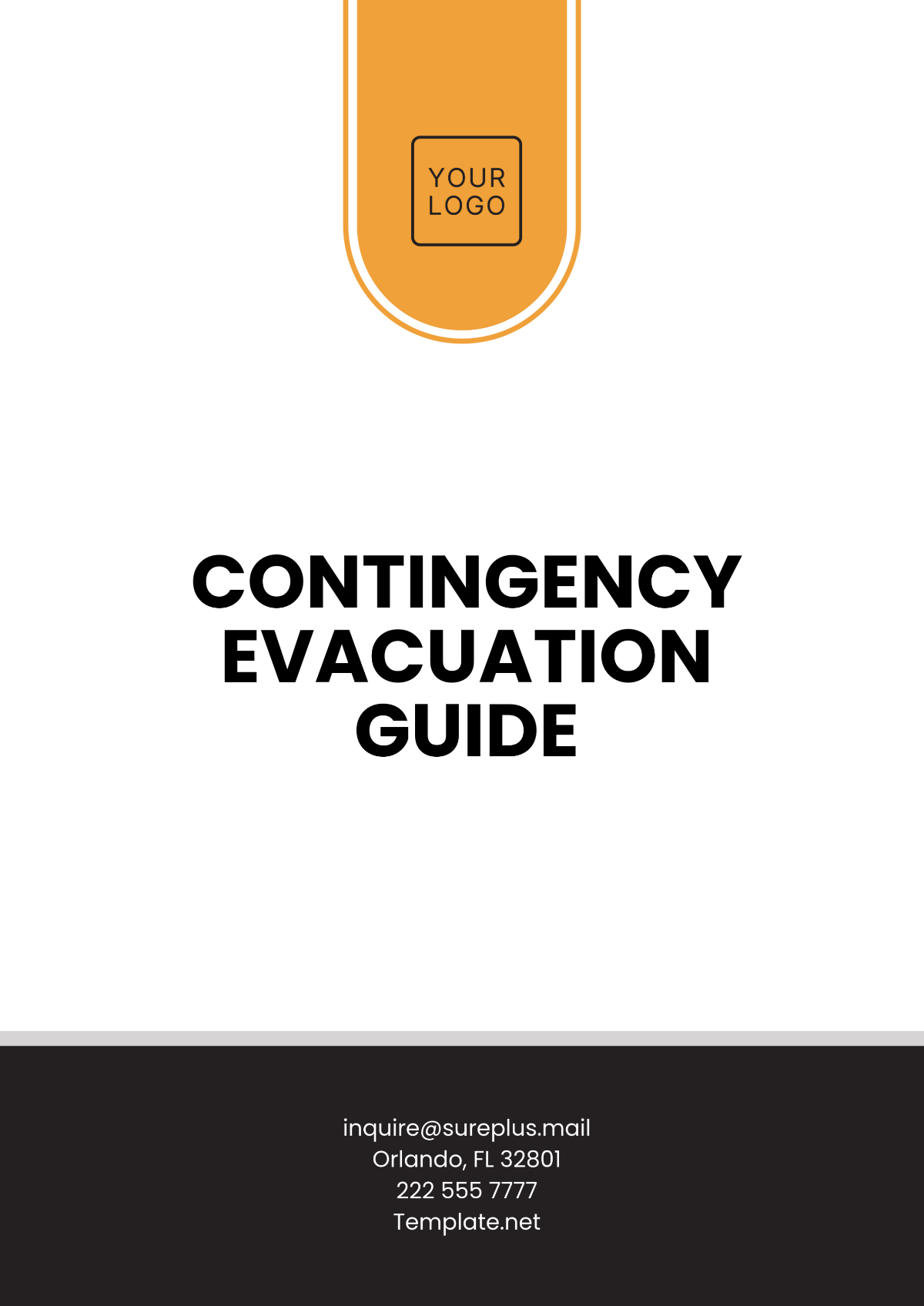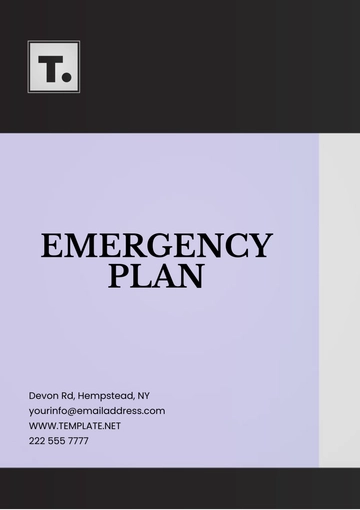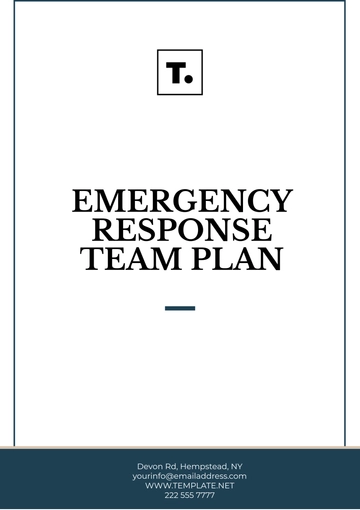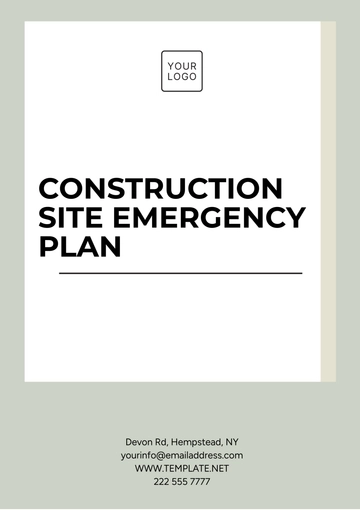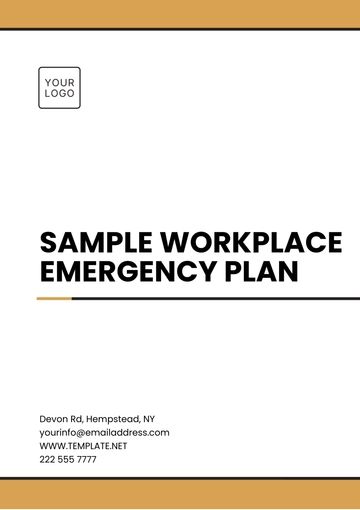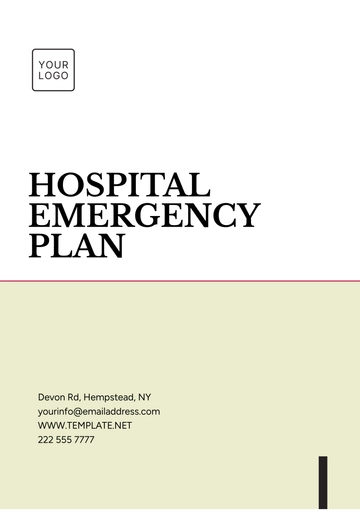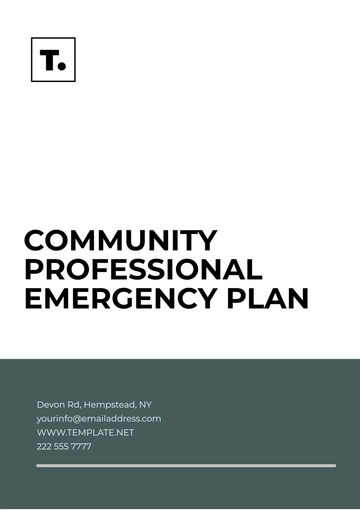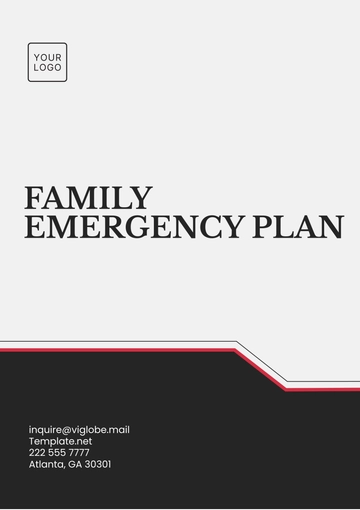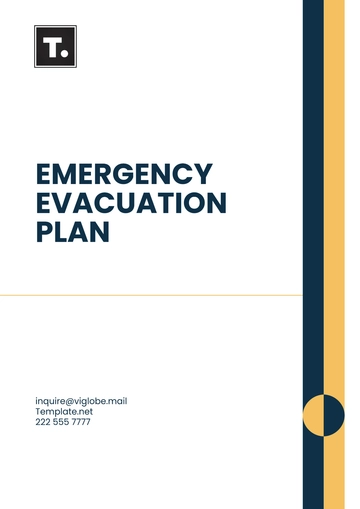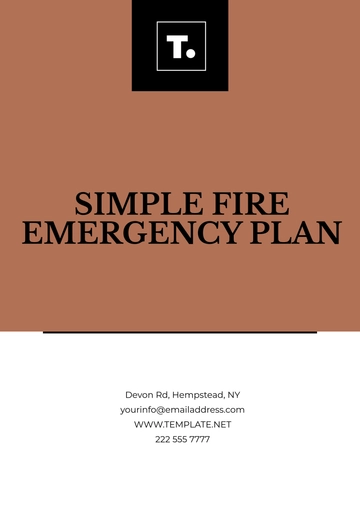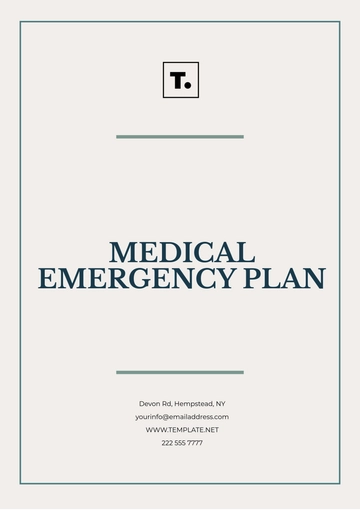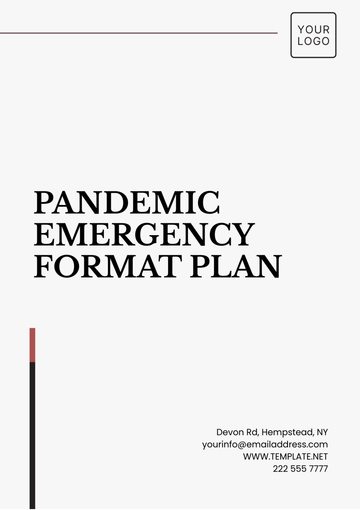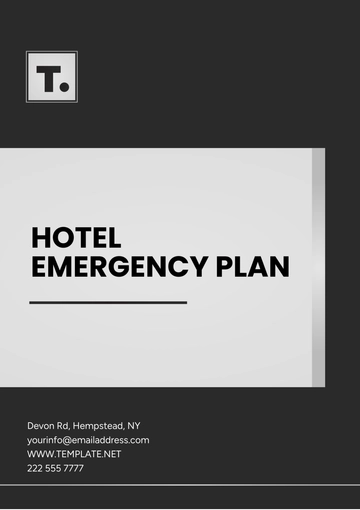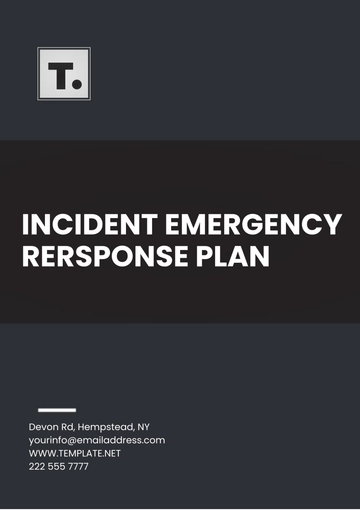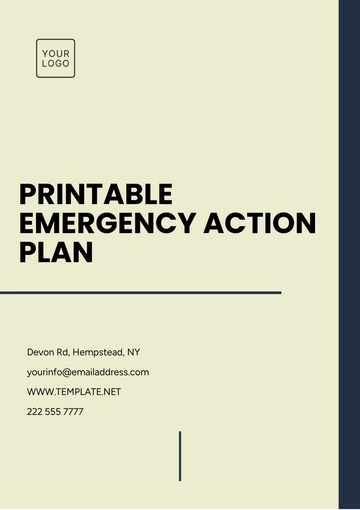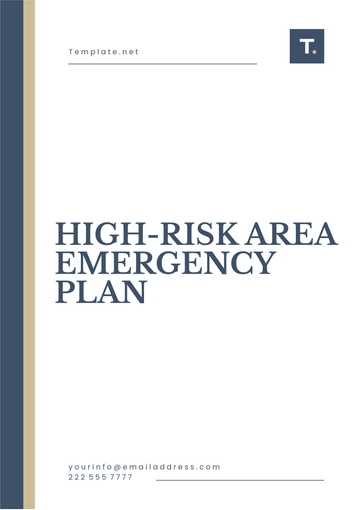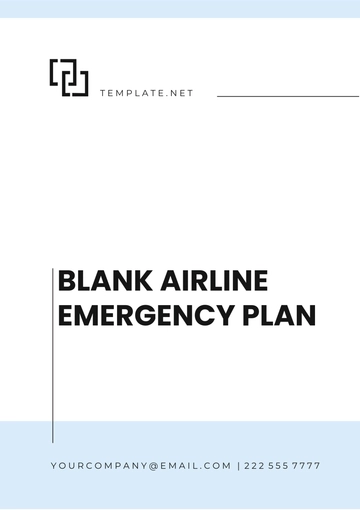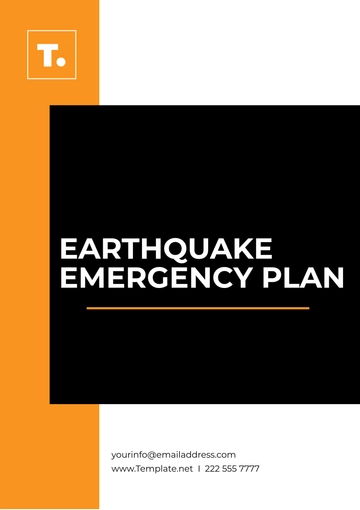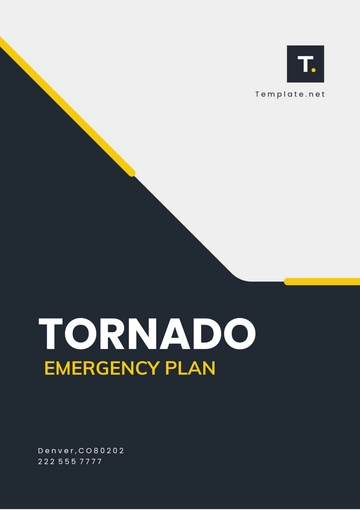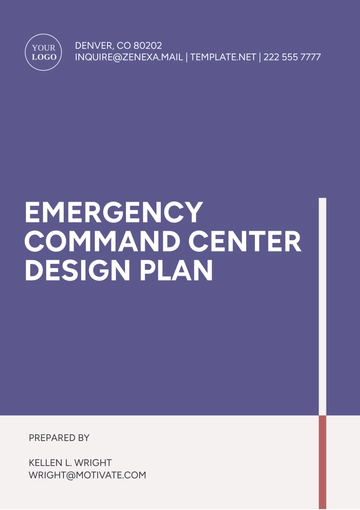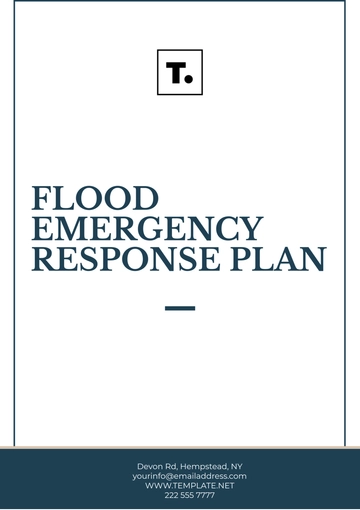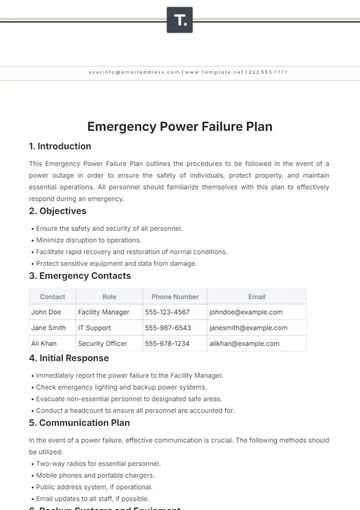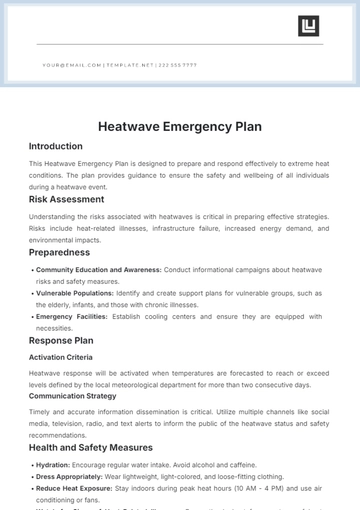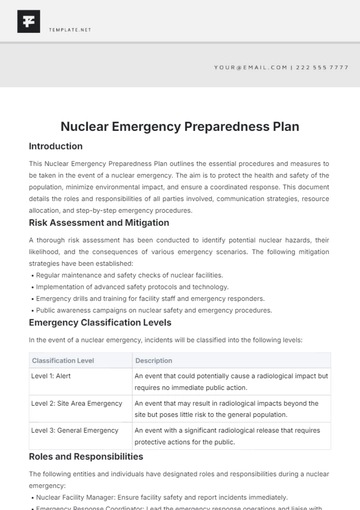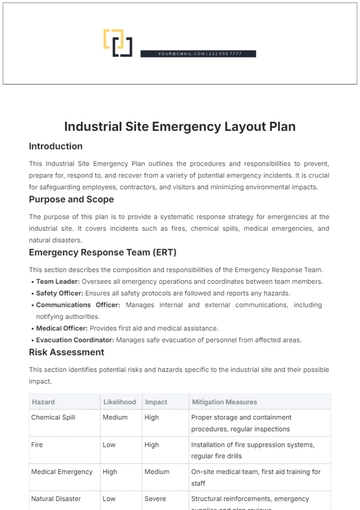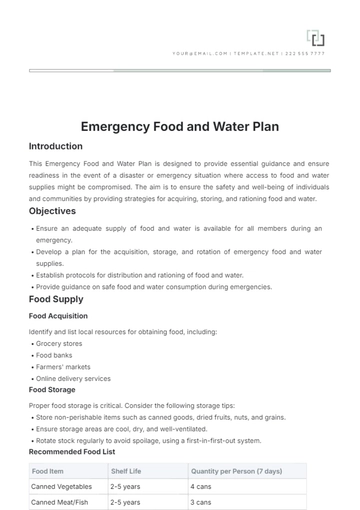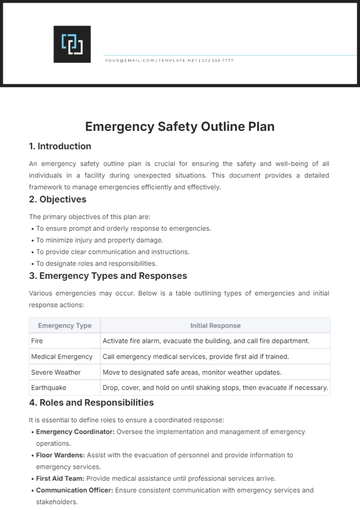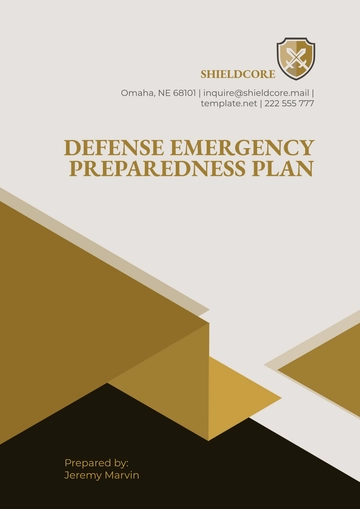Contingency Evacuation Guide
Prepared by: [Your Name]
I. Overview of Evacuation Procedure
This Contingency Evacuation Guide ensures quick, efficient action during an emergency. It lays out the essential steps for evacuating the building, contact information for all key personnel, and guidelines for maintaining clear communication throughout the process.
II. Key Emergency Contacts
Contact Information
In case of emergency, the following individuals should be reached immediately. It is important to keep their contact details readily available.
Role | Name | Contact |
|---|
Lead Coordinator | Sigmund Corwin | (555) 123-5678 |
Emergency Officer | Jean Harris | (555) 234-6789 |
On-Site Security | Floyd Cremin | (555) 345-7890 |
Evacuation Supervisor | Jolie Cassin | (555) 456-8901 |
III. Primary & Secondary Evacuation Routes
Primary Routes
All employees should be familiar with these key evacuation paths:
Main Door: Used when safe, as it leads directly to the exterior.
East Side Exit: A secondary exit near the restrooms.
Upper-Floor Windows: Equipped with emergency ladders for escape.
Secondary Routes
If the primary exits are blocked, proceed with these alternate routes:
IV. Assembly Areas
Designated Locations
Once evacuated, all personnel should report to the assembly areas. These areas are chosen for their safety and distance from potential hazards.
V. Communication Strategy
Clear communication is crucial after an evacuation. Use mobile phones to confirm safety and follow-up.
VI. Post-Evacuation Protocol
After evacuation, stay in the assembly areas and avoid re-entering the building until it is declared safe. Emergency personnel will provide further instructions once they arrive.
Plan Templates @ Template.net
